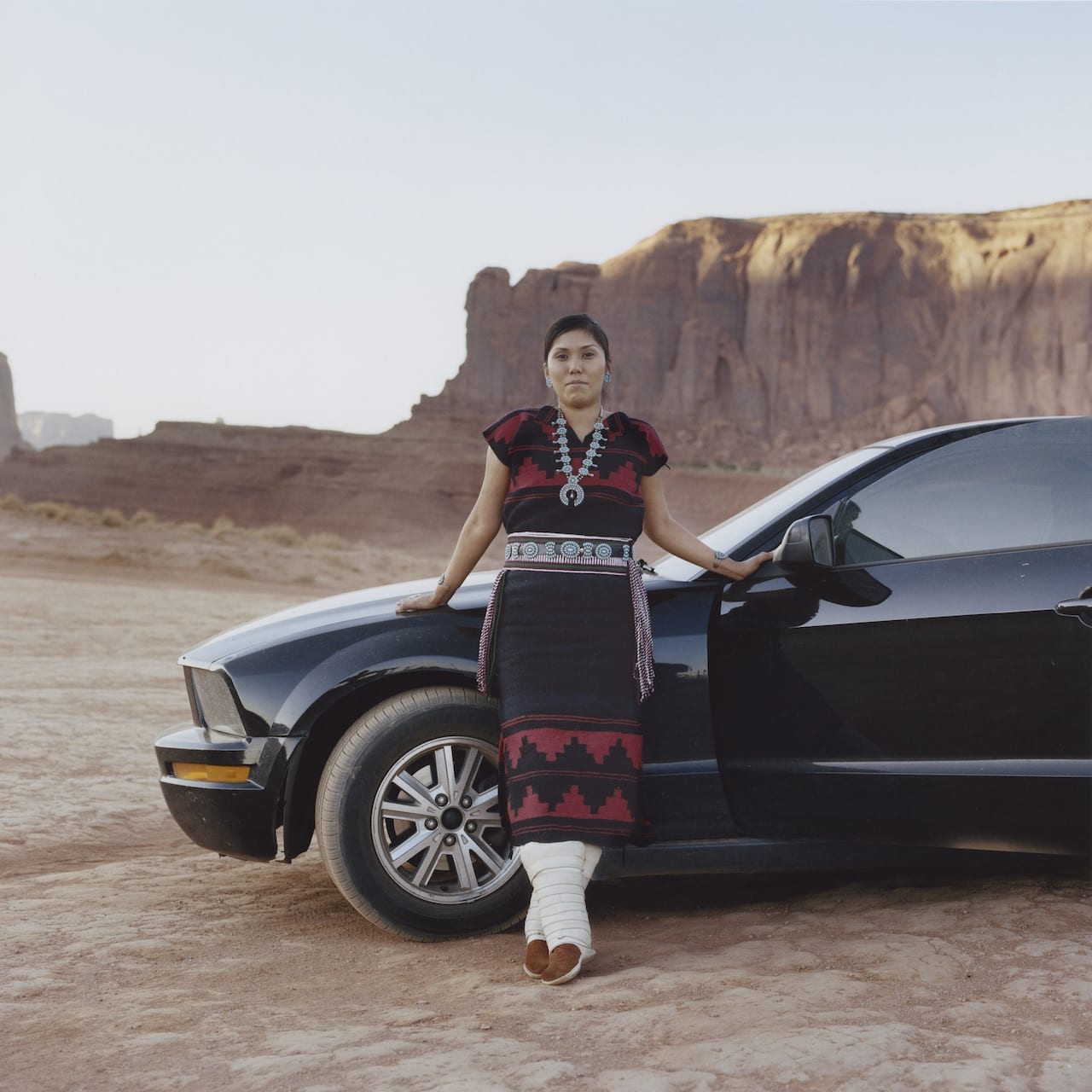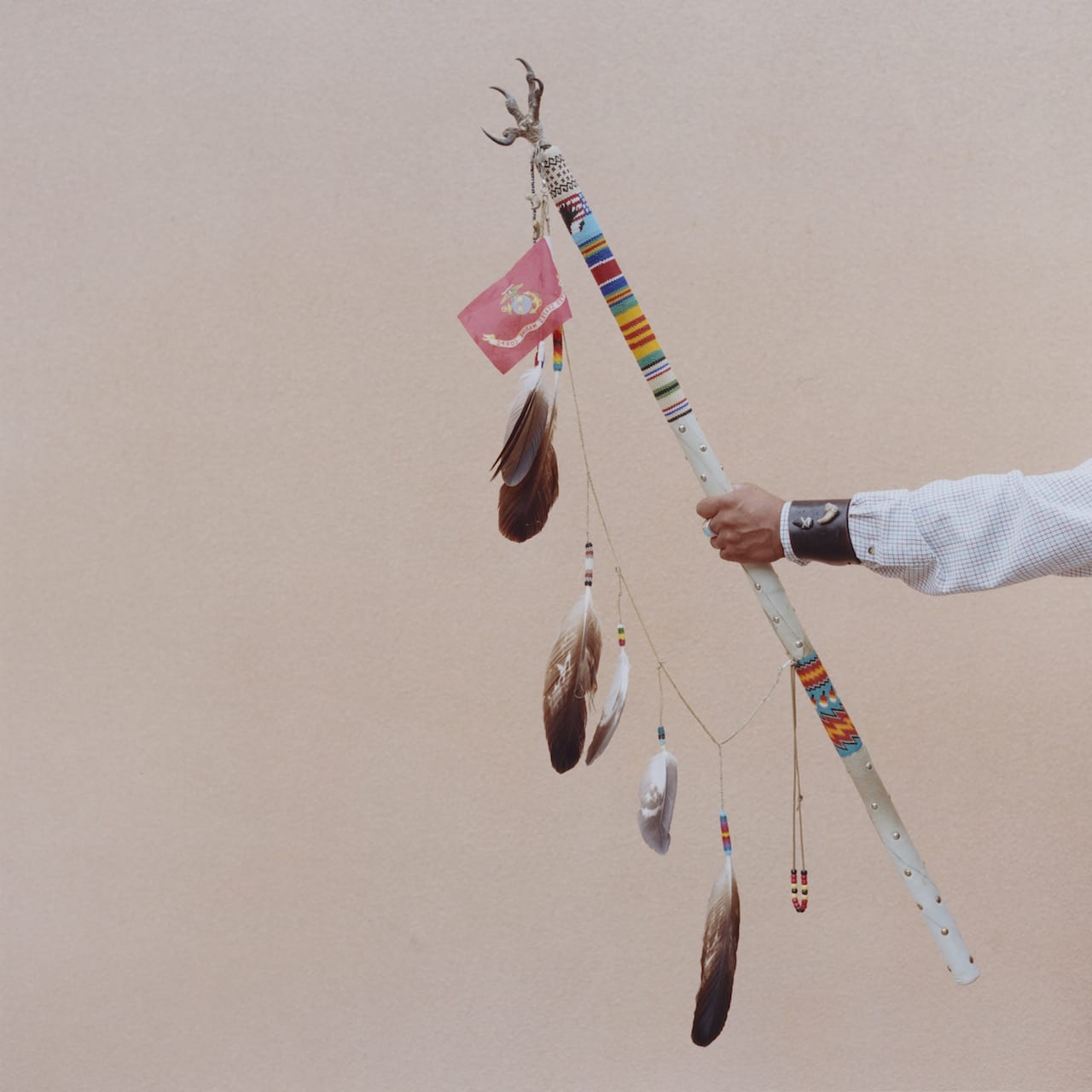With more than 560 federally recognised tribes across the US, the Native American community is as diverse as it is geographically sprawling. In 2013, Italian photographer Carlotta Cardana and writer Danielle SeeWalker, an enrolled tribal member of the Standing Rock Sioux Reservation, set out to build a portrait of contemporary Native American identity through words and images. An ongoing work, The Red Road Project has so far taken them 15,000 miles across the States.
The pair first met in drama class at school in Nebraska, then began working together after SeeWalker invited the now London-based photographer to attend a ceremony at Standing Rock. What began as a collaboration between two close friends has grown into a project of epic proportions with one clear mission: to challenge the reductive stereotypes and damaging narratives that characterise media representations of Native Americans, who now comprise just 1 per cent of the US population.
The legacy of a traumatic history continues to marginalise these communities, with poverty and addiction are widespread, opportunities few, and discrimination part of everyday life. Yet amid this struggle, there were many sides to the story that weren’t being shown, the pair believed.
“It started with a conversation about how everything I read in the media was negative, and yet what Danielle was telling me about her family and the culture was very different,” says Cardana. “We wanted to focus on the people that use heritage as a source of strength.”

Driven to tell a story of resilience and diversity, the duo shifted the narrative towards a textured celebration of the people making change in their communities. Collaborating with a wide range of subjects, from young activists, teachers and artists to elders and their grandchildren, The Red Road Project strives to amplify the voices that make up the Native American community.
Exploring how traditions and customs are expressed in contemporary culture, the stories provide a nuanced portrait of a culture in motion. “The younger generations often mention they feel like they are living in two worlds. On the one hand, there are their families, who are teaching them all these traditions and the language, and on the other, they go to school and everybody’s got cellphones. It’s a whole different set of values,” says Cardana.
One of the main challenges in making the project was overcoming the subjects’ wariness towards the media – an obstacle that has solidified the duo’s mission. In addition to chronicling their journey in detail on social media, the pair have already exhibited parts of it and placed it in publications, which has helped build an enthusiastic following. Though The Red Road Project is far from finished and may develop into other forms, Cardana believes that the pool of stories should “be alive” and actively used to shift the narrative into a more positive light. In due course, the pair hope to publish a book and travelling exhibition that will go back to the people they worked with.
carlottacardana.com This article was first published in the February issue of BJP, available via www.thebjpshop.com


